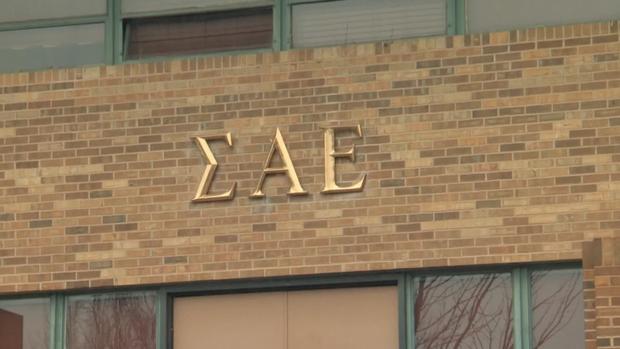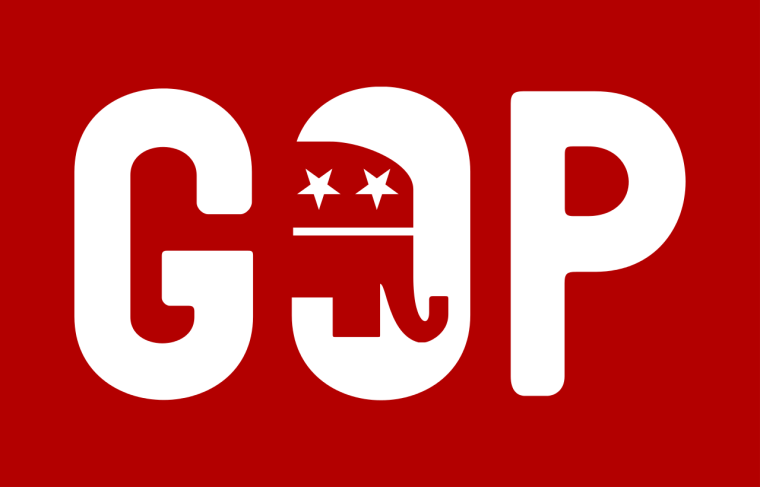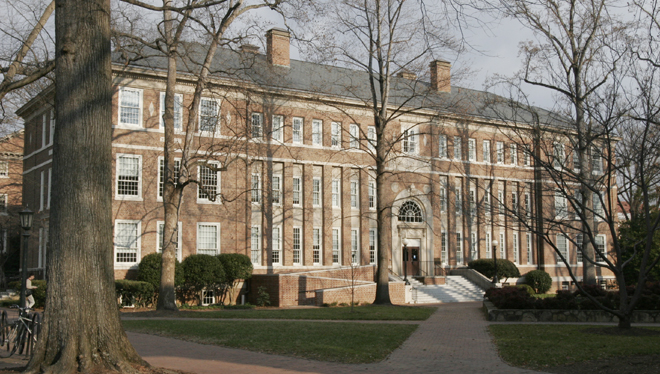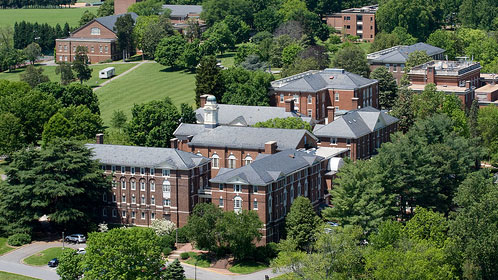As nearly the whole country knows by now, the University of Oklahoma has closed their chapter of Sigma Alpha Epsilon after a racist video went viral. The video showed SAE members singing a racist chant with references to keeping black members out as well as lynching. The university responded quickly expelling the leaders of the chant and shutting down the fraternity. Indeed, the university and President David Boren won praise for their speed and decisiveness in responding to the video. Media accounts portrayed the incident as well as others with SAE chapters at other institutions as reprehensible, but also exhibited some surprise at the open racism evident. Without a doubt, individual prejudice and racism contributed to the actions by OU’s SAE chapter. Yet, this explanation is incomplete and too conveniently excuses Southern universities from responsibility. To put it plainly, the actions and policies of Southern universities have fostered and helped create racially segregated campuses.

For much of the 20th century, predominantly white universities in the South explicitly engaged in deliberate practices that systematically limited the access of African-Americans to high quality higher education. Even though many (though certainly not all) of these practices ended by the turn of the century, the legacy of the policies influences the state of racial segregation on campuses today.






